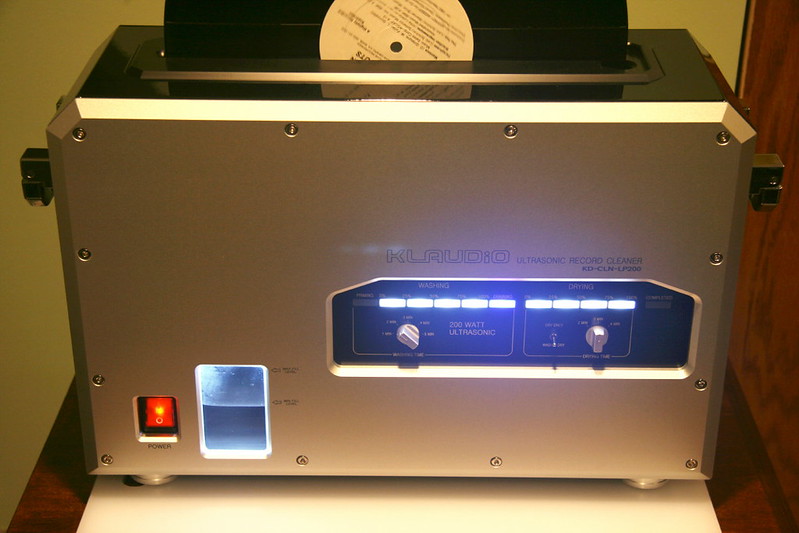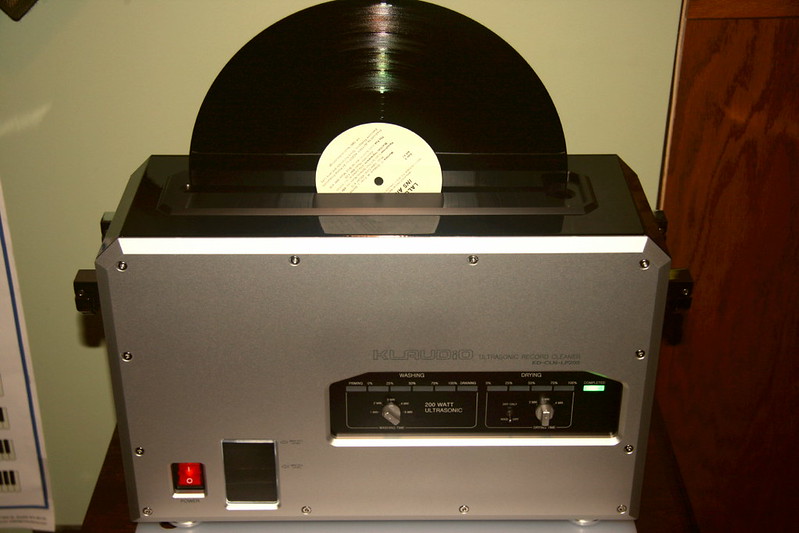jdandy
New member
I owned the original version of the KLAudio Ultrasonic Record Cleaner. It is the one with the separate internal reservoir tank and washing basin. After every 50 LP's I drained the tank into a gallon jug then poured it into a white ceramic sink to inspect for impurities and any possible black vinyl bits. I never saw any black bits in the water or on the bottom of the ceramic sink. After washing 50 LP's the water was only slightly dirty with suspended accumulated debris. I always refilled the reservoir tank with fresh distilled water for the next 50 LP's. This process gave me excellent results with a four minute wash and a three minute dry cycle. Records came out completely dry and very clean. Many of the LP's had less than four plays on them since new. I don't own any LP's that I purchased used. Cleaning used LP's would most likely require more frequent water changes. All in all the KLAudio Ultrasonic Record Cleaner is a fine product that is well built. It certainly doesn't get any easier to clean an LP. You simply insert an LP in the top loading slot and cleaning begins automatically once the washing basin is pumped full of water. Once the four minute cleaning cycle is complete the ultrasonic transmitters shut off, the water is drained back into the reservoir tank, and the air dryer begins its preset timed cycle. When the drying cycle is complete the machine beeps and the record rotation stops. You lift the LP from the slot and it is immediately ready to play.
I don't know if I would like an external water bucket sitting around under the table as required by the new tankless version. The original design is simple, easy to use, easy to drain and keep clean, and does a fine job of cleaning records. That's all I asked it to do and it did it quite well.


I don't know if I would like an external water bucket sitting around under the table as required by the new tankless version. The original design is simple, easy to use, easy to drain and keep clean, and does a fine job of cleaning records. That's all I asked it to do and it did it quite well.


